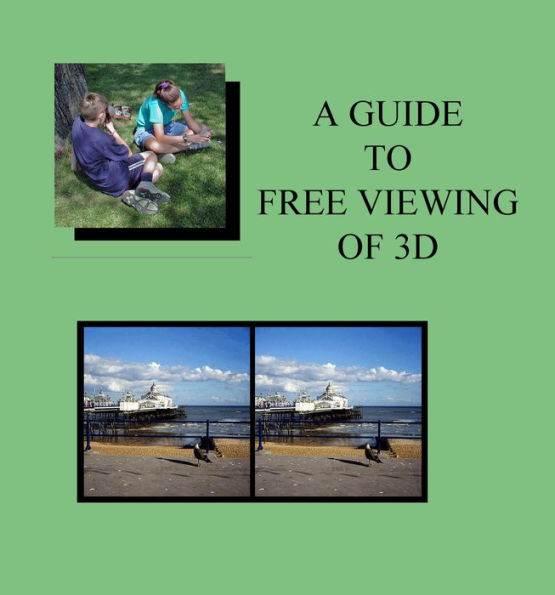The Guide to Free Viewing of 3D gives instruction for training our eyes and brain to work together to perceive the depth encoded in the stereo 3D pairs of images. It should be considered a companion piece for publications that contain stereoscopic 3D images.
Normal vision is stereoscopic, two eye vision, that permits the experience of a set of nearly flat images on the retinas of our eyes in a manner that creates the perception of depth in the world that we see around us.
Loss of sight in one eye will impair our ability to see depth, so that judgment of distance is more difficult.
With stereo images, we have flat graphics from which we can come near to having the visual perception of depth that is like our perception of the real objects that are shown in the stereo images. The problem is that special viewers, glasses, or screens are usually needed for us to see that depth. Free viewing does not use the devices of other viewing methods.
All that is needed for a person with normal vision is a well mounted stereo 3D image and the visual system that enables that person to see depth in the real world. Of course there is also the need to learn how to use that visual system when looking at stereo images.
Free viewing works best with small stereo 3D images. The traditional Holmes style stereoscope cards are about seven inches wide. Magazines and books containing stereo images often contain even more narrow images.
The method of FREE VIEWING has a place for those who have normal vision and who are willing to spend the effort to learn to break a few habits of vision. It is also useful for those producers of stereo images who are willing to keep the dimensions of their stereo pair images within the traditional widths, or slightly smaller.
Two forms of free viewing are known as parallel viewing and cross viewing. The experience of parallel viewing produces what appears to be a larger picture, while cross viewing produces what appears to be a smaller picture. Both techniques are presented in the guide.



